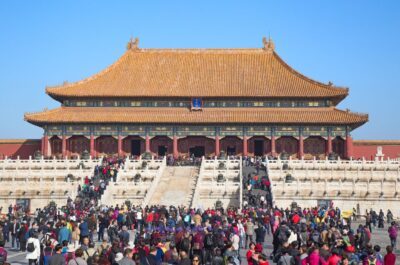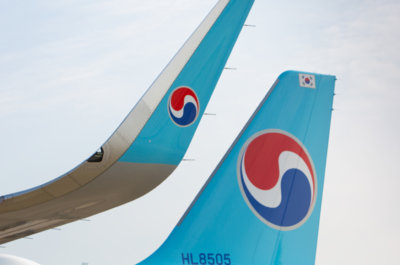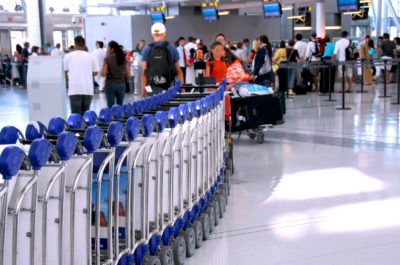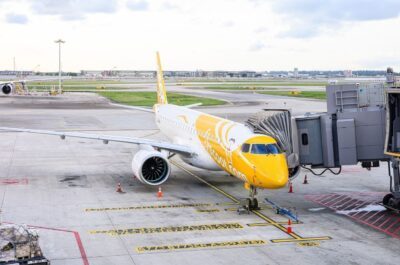Chinese companies move out from a massive high speed train project in Laos. However the Lao government confirms to pursue the project seen of strategic importance.
BANGKOK- It was a surprising move announced by China at the end of last week: after confirming and launching two years ago a project of a strategic high speed train line linking Kunming to Vientiane as part of the future Trans-Mekong high-speed rail network, Chinese companies involved into the project announced their withdrawal.
China explained its decision by the fact that the project is economically not viable according to a report from the Vientiane Times. But in another surprising move, Laos National Assembly decided in an extraordinary session on Friday to pursue the construction of the US$7 billion high-speed railway project, even though Beijing has withdrawn from the joint venture.
Laos believes that it is of utmost importance to achieve the rail link as it will help to fully decentralize the landlocked country. The small country is in fact the only ASEAN member without a direct sea access.
Laos will meanwhile host a ground-breaking ceremony during the 9th Asia-Europe Meeting Summit on November 5-6 in Vientiane, when top-ranking leaders from both Laos and China will be present.
The 420 km rail project is due to link the capital to Luang Namtha, the border between Laos and China. They would be seven major stops on the way, including two stations in Vientiane and one stop in Phonhong, Vangvieng, Luang Prabang, Oudomxay, Luang Namtha to finally reach the Chinese border.
In the original rail project agreement, trains were due to run at speeds of up to 200 km per hour, but the Lao government has decided to reduce this to 160 km per hour for safety reasons. As the future line will pass through hilly and mountainous terrains, the railway will require the construction of 76 tunnels and 154 bridges, explaining its high cost.
The high-speed rail is due to go further to Thailand, as it will connect with the existing link from the Lao-Thai border to Bangkok. The financing of the last 20 km separating the border rail station to Vientiane city centre was approved earlier this year with loans from Thailand.
The US$ 7 billion cost for the high-speed train will be provided most probably by another Chinese loan, coming from the EXIM Bank of China. The move shows that the Chinese government considers its involvement in Laos as a highly strategic positioning. Over the last decade, China increased its presence in laid-back impoverish Laos by providing aid, loans and ready-made infrastructures. China’s shares in Laos total investment reached already 40% in 2007. Chinese companies are everywhere in the country, building bridges, roads, casinos, airports and massive real estate projects in Vientiane.
What are the reasons to China’s choice of tiny Laos? “Tiny” is a partial answer to it. Poverty is another one. As one of ASEAN poorest country with a GDP of US$ 600 per year, Laos’ needs to get rapidly modernized are immense. Chinese investments were greeted by a rather accommodating attitude from the Laotian government. Of course, shared borders between both countries are also another factor to China’s presence. And finally, with an eye on the future ASEAN Economic Community by 2015, China already gained a privileged position within the unified economic entity…
Luc Citrinot a French national is a freelance journalist and consultant in tourism and air transport with over 20 years experience. Based in Paris and Bangkok, he works for various travel and air transport trade publications in Europe and Asia.




























































































